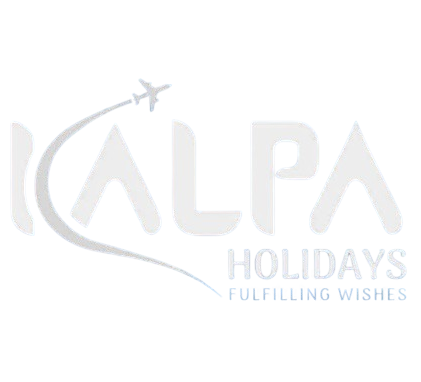The Guerrilla Trail Trekking offers an exhilarating and unique adventure, taking avid trekkers through the stunning landscapes and remote regions of Nepal. This trail is not just a physical journey but also a historical exploration, as it retraces the footsteps of the Maoist guerrillas during the decade-long civil conflict in Nepal.
As trekkers embark on the Guerrilla Trail, they find themselves immersed in the natural beauty of the Himalayan foothills. The trail weaves through dense forests, charming villages, and terraced fields, providing a picturesque backdrop for the trekking experience. The route is designed to showcase the diverse ecosystems of the region, from subtropical forests to alpine meadows, offering a truly immersive encounter with Nepal’s rich biodiversity.
One of the distinctive aspects of Guerrilla Trail Trekking is its historical significance. Trekkers have the opportunity to visit former Maoist strongholds, gaining insights into the socio-political context of the conflict that shaped the country. Guides share stories of the guerrilla fighters, their struggles, and the impact of the conflict on the local communities. This historical perspective adds a layer of depth to the trek, making it not only a physical challenge but also a journey of understanding and reflection.
The trail leads trekkers to remote and lesser-explored areas, providing a genuine off-the-beaten-path experience. The authentic encounters with local communities along the way allow trekkers to witness traditional lifestyles and hospitality. Staying in local guesthouses, participants get a taste of the warm Nepali culture and have the chance to engage in cultural exchanges with the villagers.
The Guerrilla Trail Trekking is designed for those seeking a combination of adventure, cultural immersion, and historical exploration. It offers a unique opportunity to connect with the past while navigating the pristine landscapes of Nepal. This trek is not just about conquering physical challenges but also about gaining a deeper understanding of the country’s history, culture, and the resilience of its people.
Guerrilla Trek Highlights
1. Discover Nepal’s Myagdi, Rukum, and Rolpa districts, away from typical trekking crowds. Experience untouched landscapes and stunning scenery rarely seen by tourists.
2. Follow the Maoist guerrilla trail from the 1996-2006 People’s War. Gain insights into the region’s past from locals who witnessed these events.
3. Engage with Magar and other ethnic communities through homestays. Experience unique traditions, music, and hospitality.
4. Explore Nepal’s only legal hunting reserve, home to diverse wildlife and offering views of Dhaulagiri and Manaslu Himalayas.
5. Navigate diverse terrains with uphill climbs, descents, and river crossings. Requires good fitness and adaptability due to remoteness.
6. Visit hidden Buddhist gompas and shrines. Reflect and connect with nature in the serene Himalayan atmosphere.
7. Break away from tourist routes. Forge your own path through this rarely-trekked wilderness, embracing solitude and unique rewards.
Best time for Guerrilla Trek
The best time to trek the Guerrilla Trek is during the spring and autumn seasons in Nepal. These periods offer the most favorable weather conditions, clear skies, and optimal temperatures for trekking.
Spring Season (March to May)
Spring is one of the most popular times to trek in the Far Western Region, which includes the Guerrilla. During this season:
- Weather Conditions: The weather is generally mild and pleasant, with daytime temperatures ranging from 15°C to 20°C at lower elevations, while higher elevations are cooler.
- Clear Views: The skies are typically clear, providing stunning views of the surrounding mountains, including Dhaulagiri, Annapurna Range, Gurja Himal, Churen Himal, and Putha Hiunchuli.
- Flora: The rhododendron and pine forests are in full bloom, creating a vibrant landscape with colorful flowers and lush greenery.
- Crowds: Though this is a popular trekking season, the Guerrilla Trek trails remain less crowded than other treks in the Far Western Region.
Autumn Season (September to November)
Autumn is another ideal time to trek the Guerrilla this season:
- Weather Conditions: The weather is stable with clear skies, low humidity, and pleasant temperatures, similar to spring. Daytime temperatures range from 15°C to 20°C at lower elevations, while it is cooler at higher altitudes.
- Clear Views: Autumn is known for its crisp air, providing excellent visibility of the surrounding peaks and landscapes.
- Festivals: This season aligns with major Nepali festivals like Dashain and Tihar, offering cultural insights and opportunities to experience local traditions.
- Crowds: Though autumn is the peak trekking season in Nepal, the Guerrilla Trek trails are less crowded compared to other treks.
Off-Season Considerations
While spring and autumn are the best time for the Guerrilla Trek, some trekkers prefer off-season trekking for a unique experience. However, these periods come with challenges:
- Winter Season (December to February): Trekking in winter offers solitude and stunning snowy landscapes, but temperatures can drop significantly, especially at higher elevations. Trails might be icy, and some teahouses could be closed.
- Monsoon Season (June to August): The monsoon brings heavy rain, making trails slippery and increasing the risk of landslides and leeches. The clouds and rain can also obstruct mountain views.
Overall, spring and autumn offer the best combination of weather, views, and cultural experiences, making them the ideal times to trek the Gurellia. If you’re planning a trip during the off-season, be prepared for additional challenges and always check weather forecasts and trail conditions in advance.
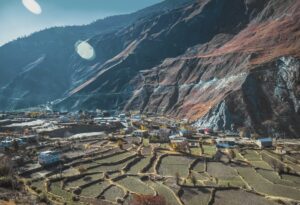 Trekking
Trekking
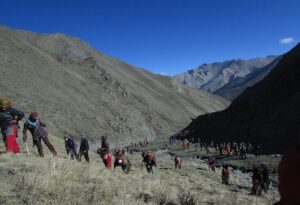 Trekking
Trekking
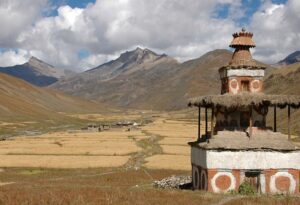 Trekking
Trekking
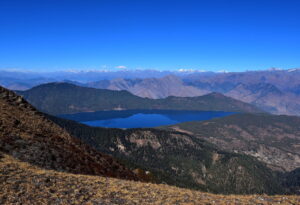 Trekking
Trekking
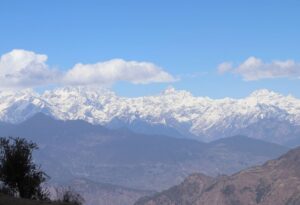 Trekking
Trekking
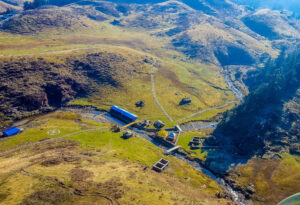 Trekking
Trekking
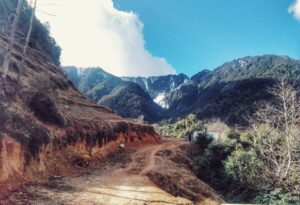 Trekking
Trekking
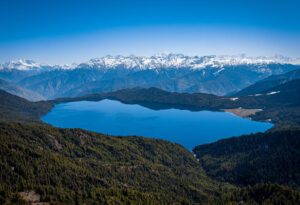 Trekking
Trekking
